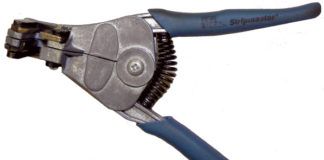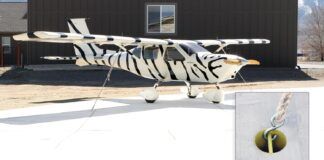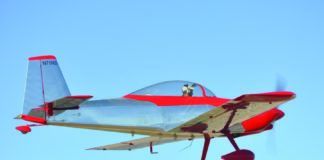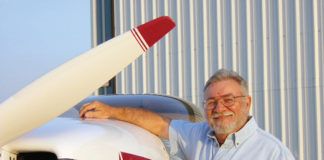A&Ps and Experimentals
I would like to commend Dave Prizio on his very informative article regarding A&P condition inspections of E/A-B aircraft [“Maintenance Matters,” March 2017]. As an A&P, I have performed over 50 condition inspections and can identify with much of what he writes.
I do, however, have two issues to address. First, Dave repeatedly refers to the “airworthiness” of E/A-B aircraft. The problem is, E/A-B aircraft cannot, by definition, be legally “airworthy.”
According to 14 CFR Part 3, Section 3.5, “Airworthy means the aircraft conforms to its type design and is in a condition for safe operation.”
Since an E/A-B aircraft does not have a “type design” and therefore cannot conform to it, it cannot be considered legally “airworthy” per the FAA’s definition. This is why the operating limitations state that the condition inspection must include the words “in a condition for safe operation” for a signoff, rather than declaring the aircraft “airworthy.” Colloquially, the term “airworthy” may be read to mean “in a condition for safe operation,” but strictly speaking, it does not apply to E/A-B aircraft.
Second, Dave refers to a logbook on a 19-year-old RV-4 that only had condition inspection signoffs and nothing else. He states that this is legal (but not necessarily smart).
It’s true that E/A-B aircraft are not bound by 14 CFR Part 43 and do not have to meet the maintenance requirements. But they are certainly bound by 14 CFR Part 91.417, which states:
(a) Except for work performed in accordance with Sections 91.411 and 91.413, each registered owner or operator shall keep the following records for the periods specified in paragraph (b) of this section:
(1) Records of the maintenance, preventive maintenance, and alteration and records of the 100-hour, annual, progressive, and other required or approved inspections, as appropriate, for each aircraft (including the airframe) and each engine, propeller, rotor, and appliance of an aircraft. The records must include:
(i) A description (or reference to data acceptable to the Administrator) of the work performed; and
(ii) The date of completion of the work performed; and
(iii) The signature, and certificate number of the person approving the aircraft for return to service.
Paragraph (a)(1) clearly indicates that all maintenance alterations and preventive maintenance must be logged, with no exception for E/A-B aircraft. So, not only was it not intelligent to not log any work done on the airplane over a 19 year period, it was also not legal to omit the maintenance records.
—Marc J. Zeitlin
Dave Prizio responds: Thanks for taking to time to comment on my article. I concede your point on the term “airworthy.” In its generic sense it simply means safe to fly, but, as you point out, in FAA parlance it has a much more precise meaning—in conformance with a type certificate.
On the matter of logbook entries, I did point out that no entries are required other than the yearly condition inspection when dealing with E/A-B aircraft. I stand by my statement that while this is legal, it is not representative of best maintenance practices. Other significant work done on an aircraft should be noted in the logbook. It does not have to be, but it should be.
Write to [email protected].




